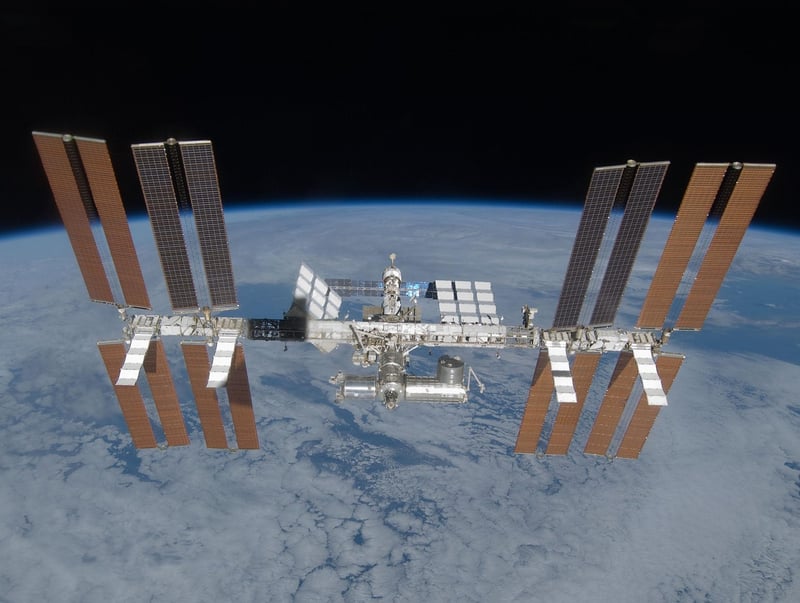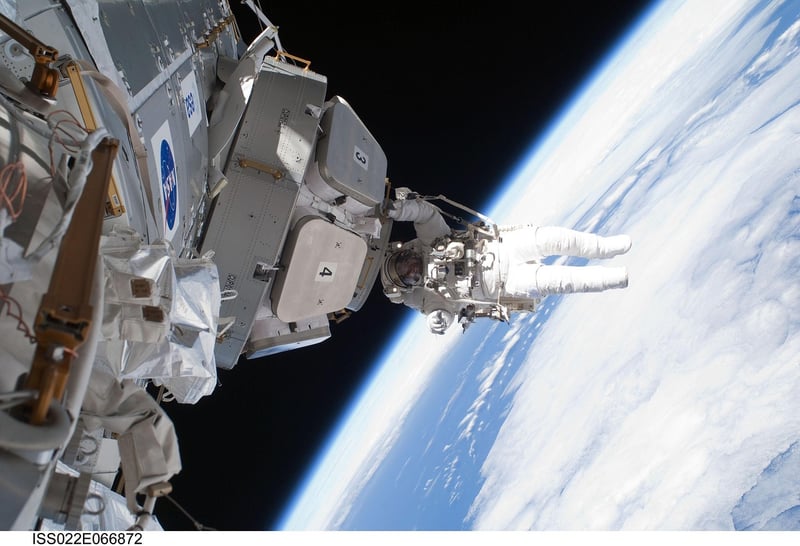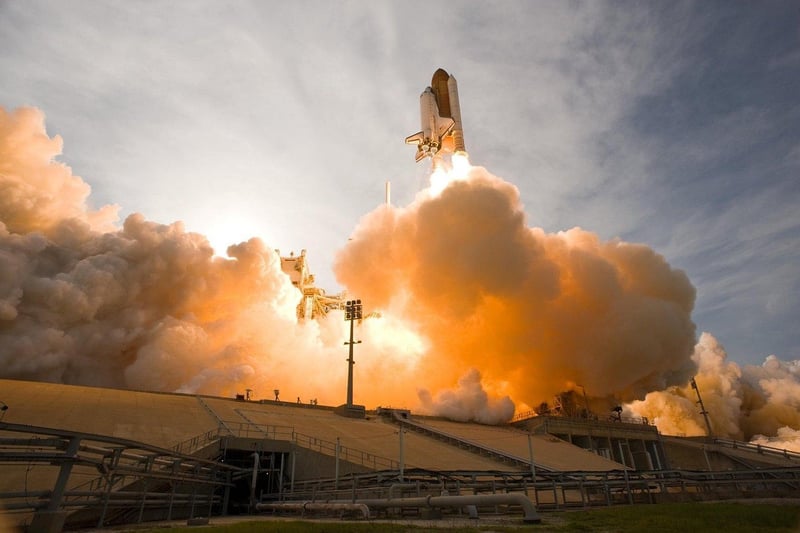Life Support
Innovations for Space Life Support Systems
As we venture further into space exploration, the need for sustainable life support systems becomes increasingly crucial. Innovations in this field are not only essential for long-duration space missions but also for potential human settlements on other planets. Let's explore some of the cutting-edge technologies and advancements that are revolutionizing space life support:
1. Closed-Loop Life Support Systems
Closed-loop systems aim to recycle and reuse resources within a spacecraft or space habitat, mimicking Earth's natural ecosystem. This includes recycling air, water, and waste to create a self-sustaining environment for astronauts.

2. Advanced Water Recycling Systems
Water is a precious resource in space, and advanced recycling systems are being developed to ensure maximum efficiency in water recovery and purification. These systems help reduce the need for constant water resupply from Earth.

3. Plant Growth Systems
Plants play a vital role in generating oxygen and food in space habitats. Innovations in plant growth systems, such as hydroponics and aeroponics, enable astronauts to cultivate fresh produce in microgravity environments.

4. Regenerative Life Support Technologies
Regenerative life support technologies focus on creating self-sustaining systems that can support human life for extended periods. This includes advanced air revitalization systems, waste management solutions, and energy-efficient technologies.
5. Radiation Shielding Materials
Protecting astronauts from harmful radiation in space is a significant challenge. Innovations in radiation shielding materials, such as advanced polymers and composite materials, help mitigate the risks posed by cosmic rays and solar radiation.

These innovations represent just a glimpse of the incredible progress being made in space life support systems. As we continue to push the boundaries of human exploration beyond Earth, these technologies will play a vital role in ensuring the health and well-being of astronauts in the harsh environment of space.
References:
